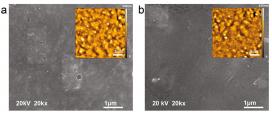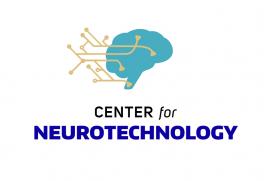New Electrodes Enable Advanced Demonstrations of Engineered Neural Plasticity
Scientists have developed cutting-edge electrode technologies for next-generation neural devices in research funded by the Center for Neurotechnology (CNT), based at the University of Washington and an NSF-funded Engineering Research Center (ERC).
A new, single-fiber probe that can deliver multiple functions such as lighting, drug delivery, and stimulation enables a range of neuroscience experiments while reducing the risk of potential injury to healthy tissues. Another closed-loop electrode made from glassy carbon has enabled best-in-class demonstrations of recording the brain’s release of dopamine, a neurotransmitter of particular interest due to its involvement in motivated behavior and numerous disorders such as Parkinson’s disease and schizophrenia.
The electrodes emerge from CNT’s Communications and Interface thrust, which among other work develops probes for measuring and engineering neurological function. As an example, a CNT-developed electrode included a 50-µm microfluidic channel for drug delivery alongside electrodes for stimulation with a total cross-section of <150 µm. The thin, multi-function electrodes have enabled intraspinal implantation in rats after spinal cord injury.
CNT scientists also developed glassy carbon electrodes with purely capacitive behavior and exceptionally high-charge storage capacity. They can sustain more than 3.5 billion cycles of bi-phasic pulses at charge density of 0.25 mC/cm2. They have enabled best-in-class demonstrations of dopamine recording in the brain with 10nM sensitivity and limit of detection and demonstrated MRI compatibility during chronic use. Ongoing collaborations across CNT partners continue to push the limit in glassy carbon electrodes for brain and spinal interfaces



